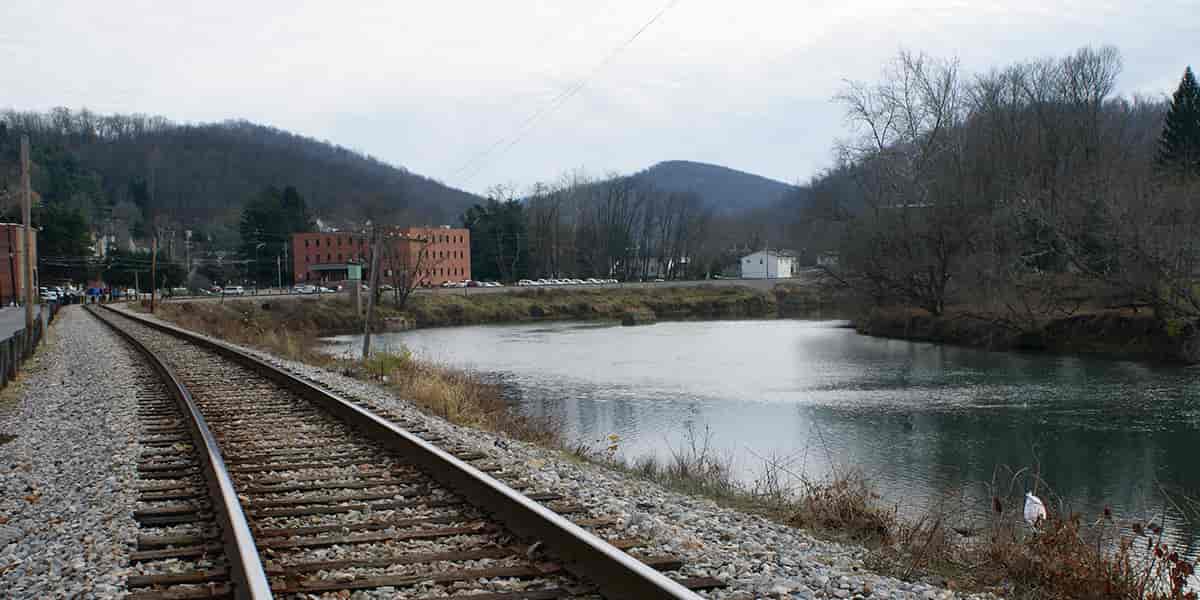Suboxone Clinics in West Virginia
Find Suboxone Clinics in West Virginia
Where to Find a Suboxone Doctor in West Virginia

If you’re in West Virginia and need to find a doctor or clinic to prescribe suboxone for you, you basically have three places to choose from. These are Charleston, Morgantown, the Beckley area, and the Eastern Panhandle.
Suboxone doctors in Charleston
The suboxone doctors in Charleston are all close to the interstate highways, especially I64 and I-79. You’ll find them on both banks of the Kanawha River.
Downtown between Quarrier Street and Virginia Street you’ll find a few clinics to choose from. A couple are close to the Sunset Memorial Cemetery, one next to the Thomas Memoiral Hospital on MacCorkle Avenue and the other on Jefferson Road.
There is a clinic on Greenbrier Street next to Coonskin Park. Another is on MacCorckle Avenue but south of the city, close to Marmet.
Read more about Suboxone doctors across West VirginiaSuboxone doctors in Morgantown
Most of the suboxone doctors around Morgantown are close to the Monongahela River. You’ll find one where Don Knotts Boulevard meets Green Bag Road.
Further north there is one in the next to the medical campus at Evansdale, at the intersection of Chestnut Ridge Road and Willowdale Road. You’ll also find a place between University Plaza and University Avenue.
Suboxone doctors in Beckley
The area around Beckley, including Clifftop and Sprague, have some suboxone friendly clinics.
Northwest of the West Virginia University Institute of Technology, on Robert C Byrd Drive is one. Another is close to the Raleigh General Hospital, on Harper Road.
Eisenhower Drive has one, as does Stanaford Road, halfway between Sprague and Stanaford.
Around Clifftop and the Raleigh County Memorial Airport you’ll find a couple, on Airport Road.

Suboxone doctors in Martinsburg
The Eastern Panhandle of West Virginia has only a few suboxone doctors to choose from. Most of them are around Martinsburg, on Water Street or around the other medical facilities on Medical Court. The Martinsburg Medical Center is also equipped for suboxone.
Cumberland has some as well, close to Henderson Avenue. You can also find these clinics on Baltimore Street.
About Opioid abuse and addiction
Opioid abuse can be a dangerous and even life-threatening health issue. Whether the addiction comes from abuse of prescribed painkillers or other opiates such as heroin or fentanyl, quitting any opiate is a difficult task.
Thankfully, you no longer have to go to a federally controlled methadone clinic to seek assistance in cleansing yourself of an opioid addiction. This is good if you want to stay under the federal radar, or if you want to avoid the potentially harsh side effects of methadone.
The Drug Addiction Treatment Act in the year 2000 allowed physicians to prescribe narcotic drugs to help treat opioid addiction. Suboxone was the first such drug legalized, in 2002.
Suboxone is much more effective in relieving opioid dependency than trying to quit cold turkey and has friendlier side effects than methadone.
What is Suboxone?
The medication known as Suboxone is actually a combination of two drugs, buprenorphrine and naloxone. The two drugs work together to alleviate the withdrawal symptoms commonly seen by opiate users and allow the user to wean themselves off of dangerous drug use, while being designed to prevent abuse.
Without the assistance of a medication, only 25 percent of people addicted to opiates manage to go for a year without relapsing. By using Suboxone, the chances of success improve, potentially hitting 60%, provided the person in question is on board with fighting the addiction and making an effort to change their behavior and environment.
Suboxone is available as both a sublingual tablet and as a filmstrip. The first is held under the tongue while it dissolves into the blood vessels located there. The filmstrip is used in a similar fashion, but resembles a postage stamp that completely dissolves in your mouth.

The Role of Buprenorphrine
The main workhorse of the drug, buprenorphrine is an opioid. Specifically, it is a partial opioid agonist. Unlike full opioid agonists like morphine and oxycodone, it does not cause euphoria when taken according to directions, but some people report that it makes them feel normal.
It also has a partial painkiller effect on its own, so you can think of buprenorphrine as an opioid drug with the nasty parts cut off.
Buprenorphrine still triggers the part of the brain that thinks it is receiving an opioid dose, and in this way the drug prevents withdrawal symptoms from occurring. Because the medication stays attached to the opioid receptors for up to 24 hours, it blocks other opiate drugs from causing their high.
The Role of Naloxone
Naloxone is an opioid antagonist, so it clears out any drug currently attached to the opioid receptors. This drug is included in Suboxone to prevent abuse of the medication. When taken orally the naloxone has no effect. But when injected or snorted, naloxone removes the high instead of providing one.
This does have the effect of immediately kickstarting withdrawal symptoms, which further discourages abuse.
Conclusion
If you live near or in West Virginia, and feel the need to escape from an opioid addiction, there is hope. Suboxone can provide the medical assistance necessary to wean yourself off opiates, and there are plenty of doctors to choose from.
References
https://psychcentral.com/lib/how-is-suboxone-treatment-different-than-drug-abuse/ https://www.webmd.com/mental-health/addiction/buprenorphine-for-drug-dependence